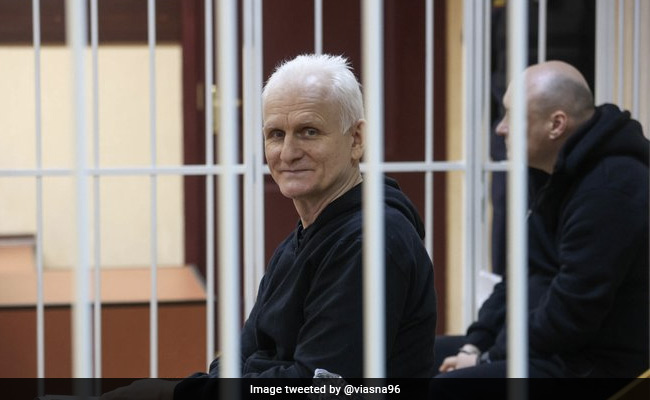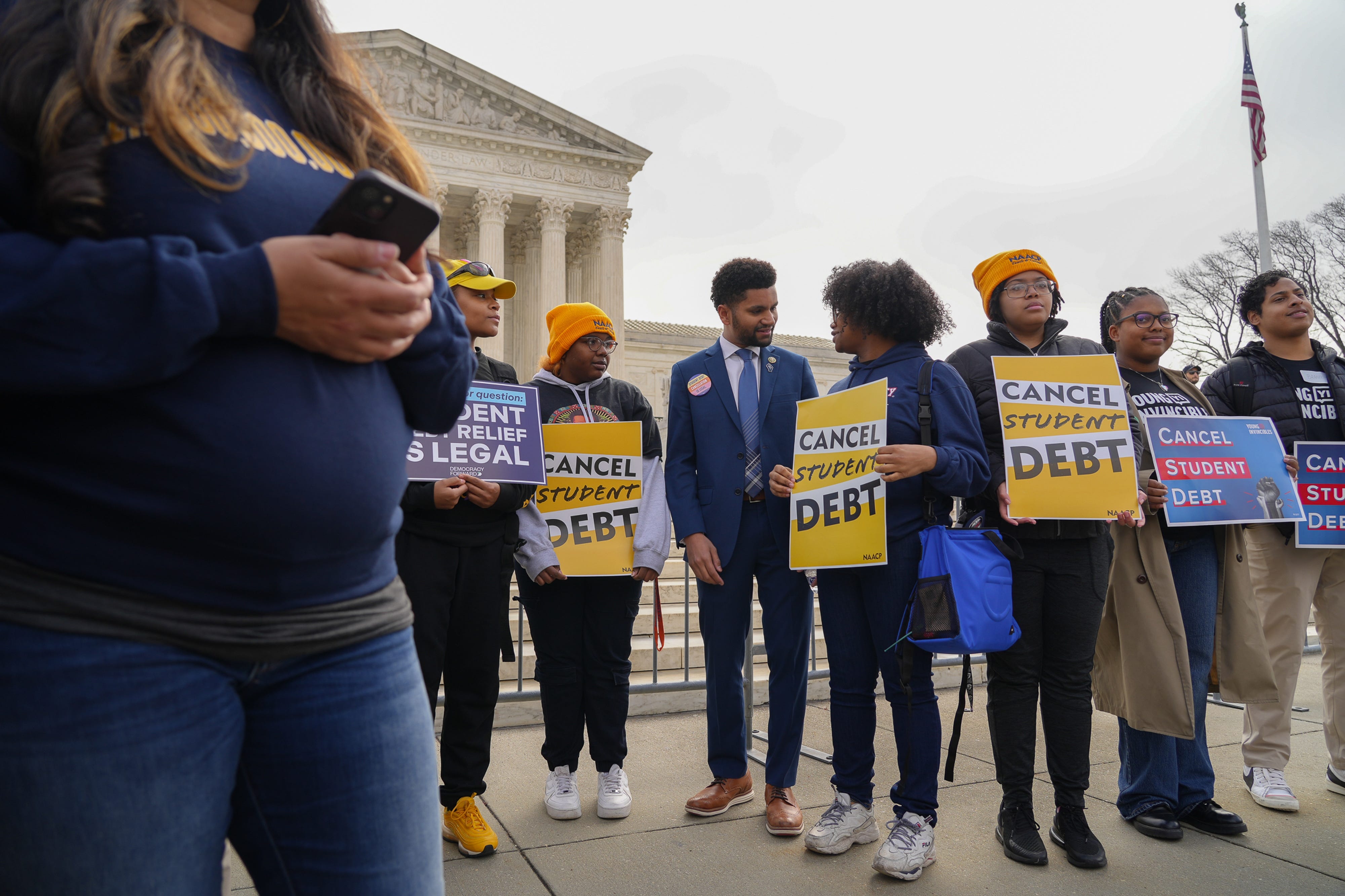
Dear Commons Community,
My colleague, Bob Ubell, has a column this morning published in EdSurge, entitled, “How Mega-Universities Manage to Teach Hundreds of Thousands of Students.” He specifically examines Western Governors University and Southern New Hampshire University. These two institutions provide important online models for American higher education as we progress through the 21st century.
Bob’s assessment is important reading.
Below is an excerpt.
Tony
———————————————————————————————————————
EdSurge
How Mega-Universities Manage to Teach Hundreds of Thousands of Students!
Robert Ubell
March 2, 2023
In the early days of online education, I imagined that virtual classrooms would follow the same basic model as in-person ones, with an instructor leading the same number of students typical in a campus class.
One of my colleagues at New York University disagreed, cautioning even decades ago, that the belief was “pretty naive.” To make online financially viable, he predicted, “remote classes will need to enroll many more.”
It turns out he was right. Colleges found new ways of scaling, rethinking how teaching is done online.
It’s worth taking a step back to look at how the largest providers of online education in the U.S. teach remote students.
As a reminder of the scale we’re talking about, I asked industry-watcher Phil Hill to dig into federal enrollment data. He discovered that while enrollments from institutions that are almost exclusively online represent only a small percentage at nonprofit and state colleges, they make up about half of the student population at for-profits, a trend that started many years ago as investors poured money into digital education.
But when Hill honed in at the nation’s nonprofit online enrollments only, he found that about 35 percent of them are at these virtual mega institutions.
It turns out that colleges with giant online enrollments, some topping 100,000 students, run remote classrooms very differently from the way my virtual classes operated at Stevens Institute of Technology and NYU.
Example 1: Western Governors University
The biggest higher ed institution in the U.S. is Western Governors University, a private, competency-based institution, located in Utah, with 150,000 students — all online.
The institution was built with online in mind, and focuses on a so-called competency-based teaching method, where students work at their own pace and get credit when they show they know the material. Instruction at WGU discards key elements found in traditional colleges, with no physical classrooms and no fixed course schedule. Classes don’t start and end according to an academic calendar, but begin when a student clicks “start course” and gets assigned a faculty member. Class ends when the learner demonstrates competency in a given subject, a process that does not occupy a fixed number of weeks, but can conclude on the very first day if the student masters its content quickly, or it can take as long as competency is achieved — but no longer than the end of the term.
Students attend WGU entirely on screen, with instructors engaging with them virtually by email, phone, text and video. Classes aren’t led by a lone professor lecturing at the front of the classroom, but by teams of educators, with at least three virtual instructors and as many as ten to fifteen assigned to larger classes. On average, instructors are assigned 230 students at a time–a big change from the 20 or 30 I was used to at NYU and Stevens.
To stimulate peer-to-peer interaction, each course at Western Governors offers students a chat function where they post questions and where faculty and other students respond. Live streamed events are held once or twice a week, with break-out rooms open for students to interact virtually in small groups.
Performance assessment varies, with students submitting essays, videos or presentations to demonstrate they’ve learned the material. In a dramatic departure from convention, grading is not performed by instructors or TA’s, but by “evaluators,” experts who don’t interact with students directly. Course completion at WGU is 86 percent.
The university argues that its unusual teaching model makes its scale work for students, and that its focus on proving competency helps returning adult students who come to the virtual classroom with skills that should be recognized. Its leaders argue that it provides a faster and less-expensive way to earn a college degree, which remains key to marketable careers in today’s economy.
Some traditional professors have opposed the model as too great a departure from the classic liberal arts college.
“WGU offers us a vision of the university without intellectuals,” wrote Johann N. Neem, associate professor of history at Western Washington University, in a critique of the model. “If the academy produced commodities, perhaps WGU’s approach would make sense. But the academy does not, and it is not served when faculty are replaced by managers, curriculum specialists, vendors, assessment specialists, and ‘course mentors’.”
Example 2: Southern New Hampshire University
The next biggest online mega-university is Southern New Hampshire, a private college, with 145,000 online students. SNHU continues to run its traditional campus as well, with an on-campus population of about 6,000.
SNHU veers far from the pedagogical path taken by WGU, with undergrad classes as small as 24 to 35 and grad classes averaging 21. Courses are designed for busy working professionals who make up much of its online student body.
Sessions are divided into week-long modules, opening Monday mornings and ending Sunday evenings. Assignments, in largely project-based instruction, are due at the end of each week. Students gain access to their courses — syllabus, main project, required engagements, discussion forum and other materials — a week prior to the start of class. After students meet one-on-one with an advisor, they perform their studies in self-paced mode. Undergrad courses run for eight weeks; graduate courses are 10 weeks long. To determine whether students learned the material, faculty review student performance data — including participation, meeting deadlines and passing tests or other activities assigned by instructors. Southern New Hampshire’s course completion rate is 90 percent.
One key difference at SNHU is how it hires faculty, relying on an academic army of about 8,000 adjuncts who earn $2,000 per semester for teaching an undergrad course and $2,500 for a grad course. Reliance on adjuncts, especially in online instruction, is a national trend. Today, gig faculty occupy about three-quarters of all U.S. college instructors. But Southern New Hampshire and other online operations depend even more on contingent labor than most of their traditional peers.
For colleges to depend entirely on an Uber-style instructional workforce may be financially prudent, but I argue it’s academically risky, with little continuity and no permanent faculty. It’s also exploitative, with instructors ending up in precarious work arrangements without living wages and benefits.
These models are worth highlighting at a time when higher education is no longer just for the privileged, but is an essential part of the nation’s economic life. Over their working lives, on average, college graduates earn twice what high school grads make.
A century ago, just two percent of Americans were enrolled in college. While many colleges have long welcomed working-class kids like me — as Brooklyn College did when I enrolled there in the 1950’s — others still continue to exclude those who need degrees most. Abandoning convention, these new online large-scale universities swing open their virtual gates to students whose economic lives depend on a college degree to make it.
One of the greatest accomplishments of American higher education is its institutional diversity, with state and private colleges, small liberal arts schools, urban academic complexes and for-profit career academies, among others. To give students wide choice, U.S. higher ed has ample room to house both our old, conventional, slow-and-steady colleges, together with these new, fast-track, online academic gate-crashers.
)









